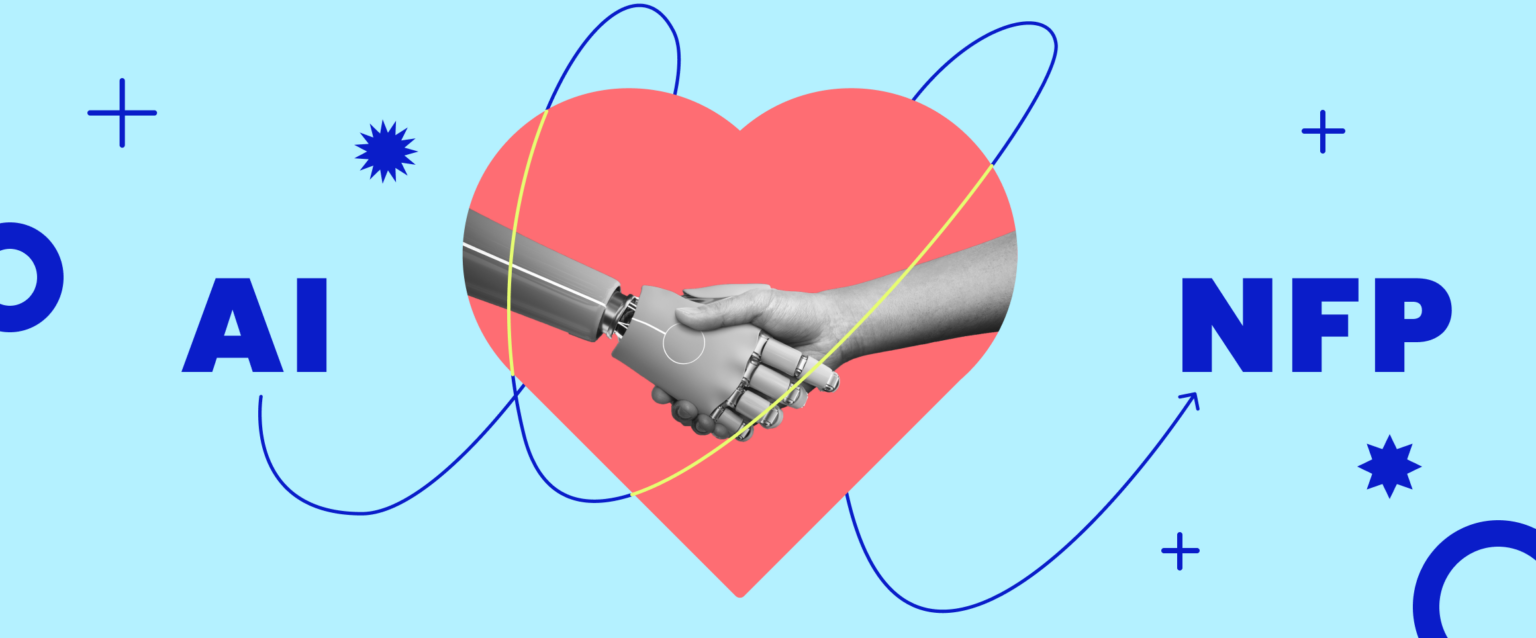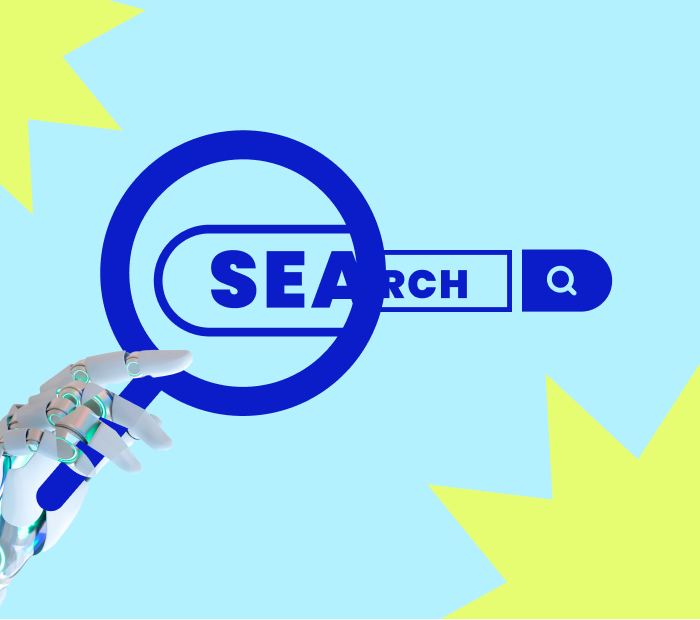Enhancing engagement through personalised communication
For not-for-profit organisations, developing strong connections with stakeholders is crucial. Artificial Intelligence (AI) enhances these relationships by enabling highly personalised communication strategies. AI-driven analytics can assess data from various interactions, such as social media activity and previous donations, to create detailed supporter profiles. This insight allows organisations to tailor their messages to match the preferences and behaviours of their audience.
AI not only customises the type of content but also optimises the timing and frequency of communications. Predictive analytics can identify the best moments to engage supporters, increasing the likelihood of a positive response. This is especially useful for campaigns where timing can significantly influence success.
Furthermore, AI can improve message creation through natural language processing (NLP) technologies, which generate compelling content automatically. This helps not-for-profits maintain consistent, high-quality communication across all channels, even when resources are limited. By using AI to personalise interactions, not-for-profits can strengthen relationships and foster long-term engagement effectively.
Streamlining operations with AI efficiency
Not-for-profit organisations often grapple with tight resources, making efficiency in operations crucial. Artificial Intelligence (AI) provides a significant boost by automating routine tasks such as data entry, scheduling, and donation processing. These are typically time-consuming and prone to human error, but AI handles them swiftly and accurately, freeing up staff to focus on more strategic and impactful activities. Additionally, AI is invaluable for managing and analysing large datasets, extracting trends, predicting outcomes, and generating insights that guide critical decision-making. For instance, AI can determine the most effective fundraising strategies or optimise resource allocation based on predicted service demands.
Furthermore, AI enhances financial management within not-for-profits by monitoring transactions, ensuring budget compliance, and forecasting financial scenarios. This not only helps maintain control over finances but also supports compliance with funding requirements and facilitates accurate future planning. By adopting AI, not-for-profits not only streamline their operations but also improve their agility, enabling them to respond swiftly to environmental changes or evolving community needs with data-driven confidence. This shift towards AI-driven operations allows organisations to devote more resources to their core mission, significantly amplifying their impact on the communities they serve.
Building inclusive "Not-for-profit web design"
For not-for-profit organisations, their digital presence is more than just a communication tool; it’s a vital platform for engagement, fundraising, and service delivery. Ensuring that “NFP websites” are inclusive and accessible to all users, including those with disabilities, is crucial. Artificial Intelligence (AI) can greatly enhance this aspect by integrating advanced features such as automated alt-text for images, which provides descriptions for visually impaired users, and voice recognition technology that helps those with mobility or visual impairments navigate the site more easily. AI can also tailor web designs based on user interaction data, suggesting layout changes that improve navigability and user experience for a diverse audience.
Moreover, AI-driven tools can optimise “Not-for-profit web design” for better search engine visibility, ensuring that the organisation’s message reaches a broader audience. This includes the use of AI to enhance content relevance and keyword optimisation, which drives higher traffic to the site. Additionally, AI can continuously monitor website performance, identifying usability issues and barriers that might deter full user engagement. By addressing these challenges proactively, not-for-profits can ensure that their websites are not only accessible but also effective in communicating their mission and engaging with their community. This commitment to inclusive design not only expands their reach but also reinforces the organisation’s dedication to serving everyone in the community, making every interaction on their site a positive and inclusive experience.
Improving service delivery through technology
In the not-for-profit sector, the quality of service delivery can directly influence the effectiveness of the organisation’s mission. Leveraging Artificial Intelligence (AI) technologies can significantly enhance the services provided, making them more efficient and accessible to a broader audience. AI enables not-for-profits to analyse service outcomes, adapt offerings to meet changing needs, and interact more effectively with their communities.
- Customised User Experiences: AI can analyse past interactions and feedback to create highly personalised services. For instance, if data shows that certain community segments prefer specific types of engagement, services can be adapted to meet these preferences, ensuring that each user feels understood and valued.
- Efficient Resource Management: AI technologies help predict service demand, allowing not-for-profits to allocate resources more effectively. This ensures that staff and materials are ready where they are most needed, preventing resource wastage and enhancing service responsiveness.
- Enhanced Accessibility: AI can power tools like chatbots, which provide 24/7 interaction points for users needing assistance. This not only improves user access to vital information and services but also frees up human resources to tackle more complex queries or tasks.
- Service Impact Analysis: AI systems can automatically collect and analyse feedback and performance data to measure the impact of services. This continuous loop of feedback and improvement helps organisations fine-tune their offerings to maximise impact.
AI’s role in improving service delivery extends to training and development for not-for-profit staff. AI-driven training modules can be tailored to the specific needs of the organisation, ensuring that all team members are well-equipped to meet the demands of their roles. This includes providing scenario-based learning tailored to the unique challenges faced by the organisation, which enhances problem-solving skills and prepares staff to deliver high-quality service consistently.
By incorporating AI into their service delivery models, not-for-profits can not only improve the efficiency and quality of their services but also ensure that these services are more adaptive to the needs of their community. This technological integration results in a more dynamic and responsive approach to serving their mission, ultimately leading to greater community impact and satisfaction.
Let Butterfly Elevate Your Not-for-Profit's Impact with AI
Discover how a partnership with Butterfly, a leading web design agency in Melbourne, can revolutionise the way your not-for-profit organisation utilises AI technology. By combining our expertise in state-of-the-art web design with cutting-edge AI solutions, Butterfly can help you enhance user engagement, streamline operations, and deliver services more effectively. Don’t miss the opportunity to transform your digital strategy and maximise your impact. Contact Butterfly today and take the first step towards a more innovative and efficient future for your organisation.
FAQs about using AI in not-for-profit organisations
How can AI improve donor engagement for not-for-profits?
AI enhances donor engagement by allowing not-for-profits to create highly personalised communication strategies. By analysing past donor behaviour, AI can help craft messages that are more likely to resonate and encourage further involvement.
What are some practical AI tools for automating administrative tasks in not-for-profits?
AI tools that automate administrative tasks include CRM systems that manage donor interactions, automated financial management software for budget tracking, and custom AI solutions that handle data entry and analysis.
Can AI improve the accessibility of not-for-profit websites?
Absolutely, AI can significantly enhance the accessibility of “NFP websites” by implementing features such as real-time language translation, alt-text generation for images, and voice recognition, making the website accessible to people with various disabilities.
Are there ethical concerns with using AI in not-for-profits?
Yes, when implementing AI, not-for-profits must consider ethical concerns such as data privacy, the potential for bias in algorithms, and maintaining transparency in how AI is used within their operations.
How can not-for-profits get started with implementing AI?
To start with AI, not-for-profits should identify specific areas where AI can have a significant impact, such as donor management or service delivery. Partnering with technology providers who have experience with “for purpose organisations” can also facilitate a smoother integration of AI technologies.
The integration of AI into not-for-profit operations offers numerous advantages, from improving engagement and service delivery to enhancing administrative efficiency. As these organisations increasingly adopt AI, they not only keep pace with technological advancements but also enhance their capacity to serve their communities more effectively.





